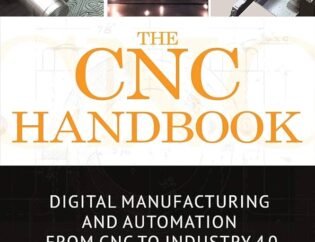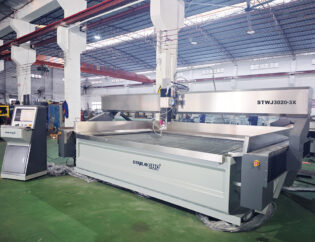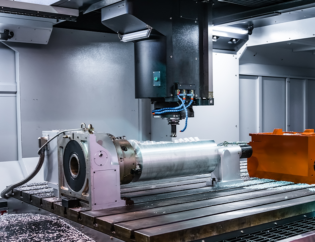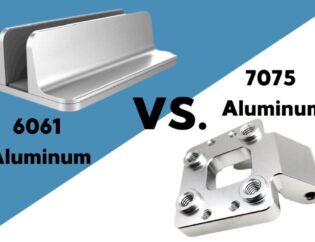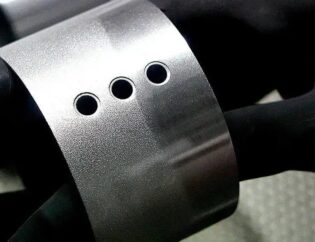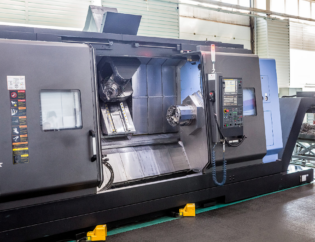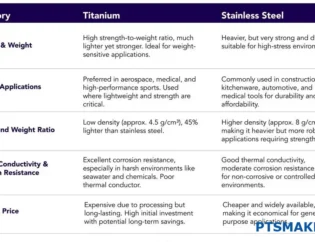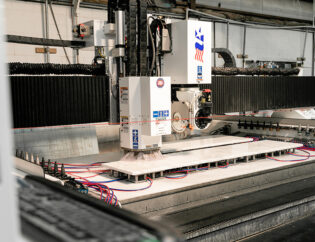In the world of modern manufacturing, CNC (Computer Numerical Control) technology has revolutionized the way we create intricate designs and signage. Understanding CNC sign-making is essential for businesses and hobbyists alike, as it combines precision engineering with artistic expression. This guide will delve into the fundamentals of CNC sign-making, offering insights into techniques, tools, and best practices.
Readers can expect to learn about the various types of CNC machines, software options, and materials used in sign-making. We will explore the design process, from conceptualization to execution, ensuring you grasp the essential skills needed to produce high-quality signs. Additionally, we will cover troubleshooting tips and maintenance practices to keep your CNC equipment in optimal condition.
Whether you are a beginner looking to start a new project or an experienced maker seeking to refine your skills, this guide will provide valuable information to enhance your CNC sign-making journey. By the end, you will be equipped with the knowledge to create stunning, professional-grade signs that stand out in any environment.
A Comprehensive Guide to CNC Signs
Introduction: Making a Simple CNC Sign (CNC Project for Beginners)
Creating a CNC sign can be a rewarding project, whether for personal use or as a gift. This guide will explore the various aspects of CNC signs, including their technical features, types, and the benefits they offer. CNC (Computer Numerical Control) technology allows for precision and creativity in sign-making, making it an excellent choice for both beginners and experienced woodworkers.
Technical Features of CNC Signs
CNC signs are crafted using advanced technology that allows for intricate designs and high-quality finishes. Below is a comparison table highlighting the key technical features of CNC signs:
| Feature | Description |
|---|---|
| Material Options | Wood, HDU (High-Density Urethane), PVC, Foam, Metal |
| Precision | High accuracy with minimal human error, allowing for detailed designs |
| Durability | Resistant to weather, rot, and pests (especially HDU) |
| Customization | Easily customizable designs and sizes based on client needs |
| Finishing Options | Various finishes available, including paint, stain, and varnish |
| Production Speed | Faster production compared to traditional methods |
| Complexity | Capable of producing complex shapes and designs that are difficult by hand |
Types of CNC Signs
CNC signs come in various types, each suited for different applications and aesthetics. Below is a comparison table of the different types of CNC signs:
| Type | Description |
|---|---|
| Carved Wood Signs | Traditional look, often used for rustic or natural aesthetics |
| HDU Signs | Lightweight, durable, and resistant to weather; ideal for outdoor use |
| 3D Sculpted Signs | Features three-dimensional elements, adding depth and visual interest |
| Prismatic Letters | Multi-angle surfaces that reflect light, creating a striking visual effect |
| Metal Signs | Durable and modern, often used for business branding |
| Vinyl Signs | Cost-effective and versatile, suitable for temporary or indoor use |
Insights into CNC Signs
CNC signs are not just functional; they also serve as a form of art. The ability to create intricate designs allows for personalization, making them perfect for gifts or business branding. For instance, a custom sign can commemorate a special event or serve as a unique identifier for a business.
The choice of material significantly impacts the sign’s appearance and durability. Wood offers a classic look, while HDU provides longevity and resistance to environmental factors. Metal signs, on the other hand, convey a modern aesthetic and are often used in commercial settings.
Benefits of CNC Signs
- Precision and Consistency: CNC technology ensures that each sign is produced with high accuracy, maintaining consistency across multiple units.
- Versatility: CNC signs can be made from various materials, allowing for a wide range of applications, from home decor to business signage.
- Ease of Customization: With CNC technology, designs can be easily modified to meet specific customer requirements, making it ideal for personalized gifts.
- Durability: Many CNC signs, especially those made from HDU or metal, are designed to withstand harsh weather conditions, making them suitable for outdoor use.
- Creative Freedom: The technology allows for complex designs that would be challenging to achieve with traditional sign-making methods.
Conclusion
CNC signs represent a blend of technology and artistry, offering a unique way to create personalized and durable signage. Whether you are looking to make a simple sign for your home or a sophisticated piece for your business, CNC technology provides the tools necessary to bring your vision to life. With various materials and design options available, the possibilities are endless.
FAQs
Related Video
What materials can be used for CNC signs?
CNC signs can be made from wood, HDU, PVC, foam, and metal, each offering different aesthetics and durability.
How does CNC technology improve sign-making?
CNC technology enhances precision, speed, and customization, allowing for intricate designs that are difficult to achieve by hand.
Are CNC signs suitable for outdoor use?
Yes, especially signs made from HDU or metal, which are designed to withstand weather conditions.
Can I customize a CNC sign?
Absolutely! CNC technology allows for easy customization in terms of design, size, and material.
Where can I find inspiration for CNC signs?
Websites like ca.pinterest.com, www.pinterest.com, and www.instructables.com offer a wealth of ideas and projects related to CNC signs.


